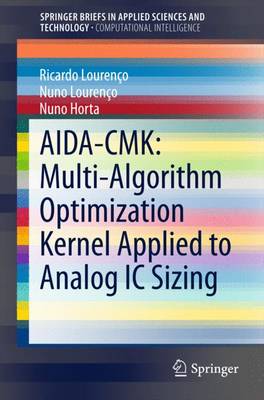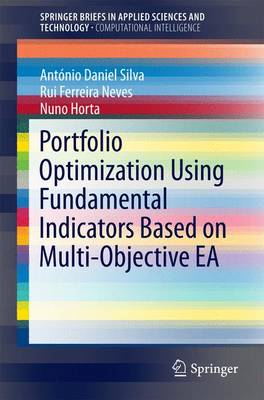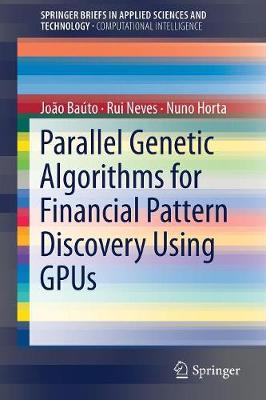SpringerBriefs in Computational Intelligence
3 total works
AIDA-CMK: Multi-Algorithm Optimization Kernel Applied to Analog IC Sizing
by Ricardo Lourenco, Nuno Lourenco, and Nuno Horta
Published 1 January 2015
This work addresses the research and development of an innovative optimization kernel applied to analog integrated circuit (IC) design. Particularly, this works describes the modifications inside the AIDA Framework, an electronic design automation framework fully developed by at the Integrated Circuits Group-LX of the Instituto de Telecomunicações, Lisbon. It focusses on AIDA-CMK, by enhancing AIDA-C, which is the circuit optimizer component of AIDA, with a new multi-objective multi-constraint optimization module that constructs a base for multiple algorithm implementations. The proposed solution implements three approaches to multi-objective multi-constraint optimization, namely, an evolutionary approach with NSGAII, a swarm intelligence approach with MOPSO and stochastic hill climbing approach with MOSA. Moreover, the implemented structure allows the easy hybridization between kernels transforming the previous simple NSGAII optimization module into a more evolved and versatile module supporting multiple single and multi-kernel algorithms. The three multi-objective optimization approaches were validated with CEC2009 benchmarks to constrained multi-objective optimization and tested with real analog IC design problems. The achieved results were compared in terms of performance, using statistical results obtained from multiple independent runs. Finally, some hybrid approaches were also experimented, giving a foretaste to a wide range of opportunities to explore in future work.
Portfolio Optimization Using Fundamental Indicators Based on Multi-Objective EA
by Antonio Daniel Silva, Rui Ferreira Neves, and Nuno Horta
Published 19 February 2016
This work presents a new approach to portfolio composition in the stock market. It incorporates a fundamental approach using financial ratios and technical indicators with a Multi-Objective Evolutionary Algorithms to choose the portfolio composition with two objectives the return and the risk. Two different chromosomes are used for representing different investment models with real constraints equivalents to the ones faced by managers of mutual funds, hedge funds, and pension funds. To validate the present solution two case studies are presented for the SP&500 for the period June 2010 until end of 2012. The simulations demonstrates that stock selection based on financial ratios is a combination that can be used to choose the best companies in operational terms, obtaining returns above the market average with low variances in their returns. In this case the optimizer found stocks with high return on investment in a conjunction with high rate of growth of the net income and a high profit margin. To obtain stocks with high valuation potential it is necessary to choose companies with a lower or average market capitalization, low PER, high rates of revenue growth and high operating leverage
Parallel Genetic Algorithms for Financial Pattern Discovery Using GPUs
by Joao Bauto, Rui F. M. F. Neves, and Nuno Horta
Published 9 February 2018
This Brief presents a study of SAX/GA, an algorithm to optimize market trading strategies, to understand how the sequential implementation of SAX/GA and genetic operators work to optimize possible solutions. This study is later used as the baseline for the development of parallel techniques capable of exploring the identified points of parallelism that simply focus on accelerating the heavy duty fitness function to a full GPU accelerated GA.


